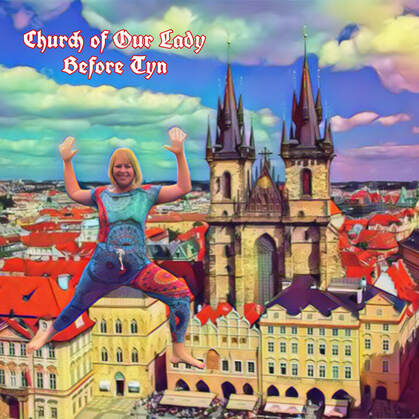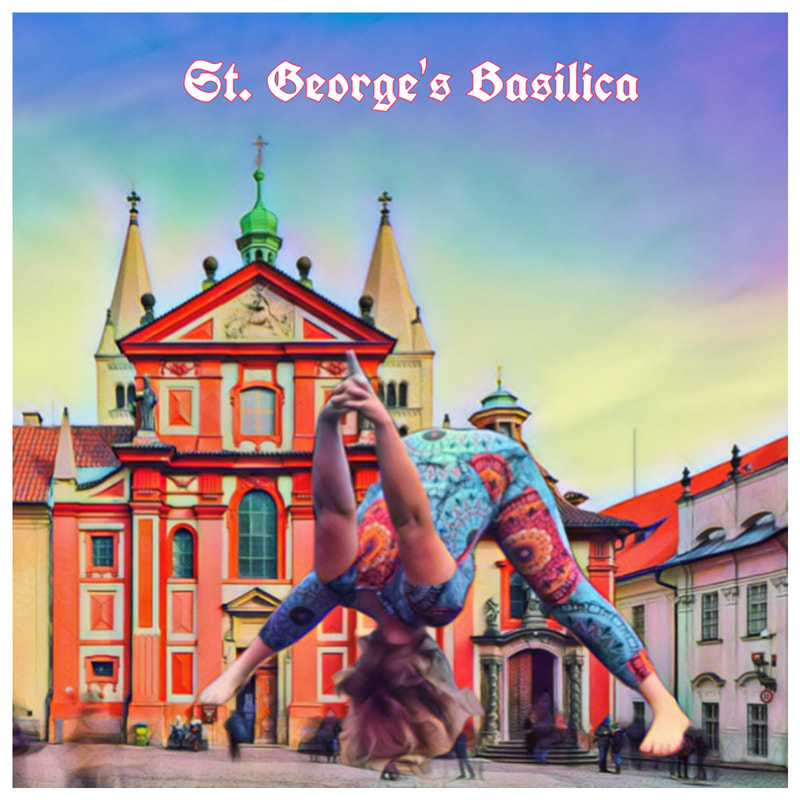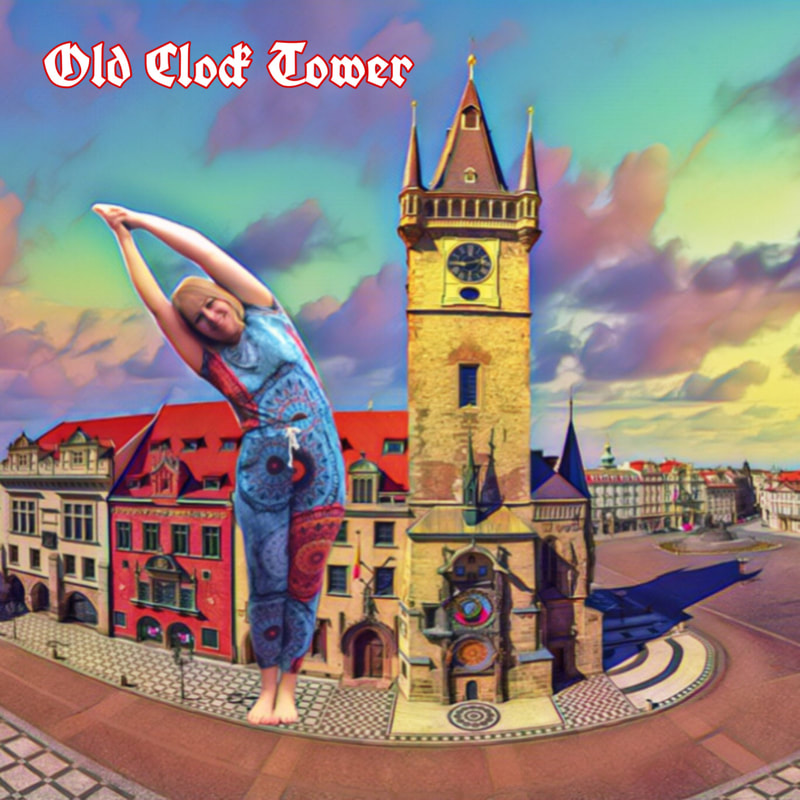“All cities are jealous of Paris, but Prague is the envy of Paris.”
-Alexandra Bracken
-Alexandra Bracken
Prague was coined “The golden city of 100 spires.” In the 19th century, 104 towers and spires could be counted from the coexistence of the buildings, sculptures, and monuments of ten centuries that adorned the skyline. It was one of the only European cities to evade bombing in WWII, therefore countless well-preserved castles, Baroque and Gothic cathedrals still stand. Further the world wars and communism halted most mid-20th-century additions. UNESCO arrived just in time, in the early 1990s, to extinguish any plans to ‘develop’ Prague’s city center.
Nevertheless, now there are over 500 spires, so people refer to Prague today as “the golden city of 500 spires” or “the golden city of 1000 spires.”
Nevertheless, now there are over 500 spires, so people refer to Prague today as “the golden city of 500 spires” or “the golden city of 1000 spires.”
The “golden” aspect might have emerged from the glistening sandstone towers in the sunlight or the efforts made by Charles IV to gild the towers of Prague Castle. Further, the alchemists that congregated in 17th century Prague to attempt to convert base metals into gold could also contribute to the name “golden city”.
Imagine that your inner true self is made of pure glowing gold. In most branches of yoga, we adapt the south-eastern greeting of “Namaste.” It actually means the divine light within me honors the divine light within you.
Namaste
The divine light in me honors the divine light in You!
Many of the steeples from the Prague skyline are from holy spaces, reaching up to the sky to unite with the heavens. For centuries, spiritual seekers have flocked to these structures to grow closer to the divine.
Steeple Mudra is a hand gesture that directs stress and negativity out of the body. The point made from the index fingers resembles the steeple of a church and makes space for calm positivity.
Steeple Mudra is a hand gesture that directs stress and negativity out of the body. The point made from the index fingers resembles the steeple of a church and makes space for calm positivity.
Steeple Mudra
BKS Iyengar stated,
“The body is your temple.
Keep it pure and clean for the soul to reside in.”
“The body is your temple.
Keep it pure and clean for the soul to reside in.”
The following yoga postures imitate the pinnacles from temples, cathedrals, synagoges, and other famous buildings of Prague that can purify and unite the mind, body, and spirit (soul).
Church of Our Lady Before Tyn
The Church of Our Lady Before Tyn rises above the rooftops and can be appreciated from many angles of the city. Although originally built with Gothic features, in the 17th century, the interior was updated to Baroque. The spikey twin towers have multiple pinnacles, like fingers spread wide in a cactus arm variation of Warrior 2.
Strahov monastery
The Strahov Monastery houses the most extensive religious and cultural relics in the city, including Rococo and baroque paintings, Rudolfian art, and Gothic designs. The Classical Philosophy Hall is designed with frescoes, Baroque Theological Hall and the rare Strahov Library containing globes, maps, and many ancient manuscripts.
Vysehrad
The twin spires of the Basilica of St Peter and St Paul in Vyšehrad are a familiar, much-loved Prague landmark. The Gothic Revival church is built within a sturdy fortress overlooking the Vltava river, which enjoys some of the best views of Prague, like the sturdy posture of Warrior 1 with Steeple Mudra overhead.
St. Nicholas Church
St. Nicholas Church is a Baroque cathedral founded in the 18th century and regarded as the supreme example of Prague Baroque. It continues to celebrate a mass every Sunday at 8:30 pm.
While admiring the rich history along the streets of Prague’s center, I stumbled across the Alphone Mucha museum. Although Mucha often painted advertisements in posters, his style frequently featured attractive healthy young women in flowing robes, surrounded by lush flowers in pale colors. He always maintained that his paintings came purely from within and declared that art existed only to communicate a spiritual message, and nothing more.























